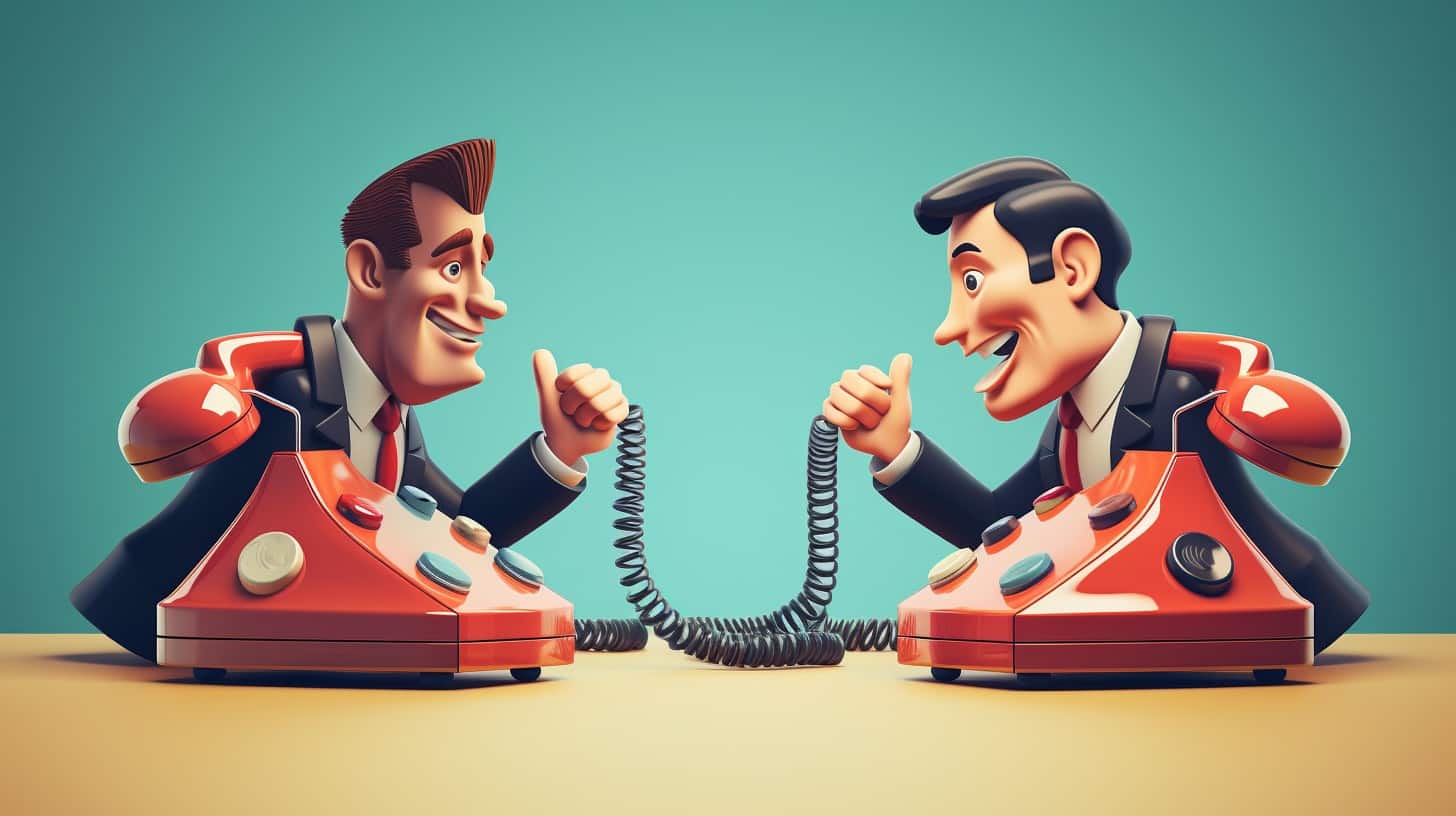Communication should always be a two-way street in personal relationships. But too many business owners don’t realize the same is true for their business-to-customer relationships. Your customers aren’t just there for you to talk to. They need to know they are always welcome to reach out to your company as well. More importantly, they need to know that you value their input.
When you develop reciprocal lines of communication with those who keep you in business, you’re more likely to earn their loyalty. Customers like to shop with businesses they trust to treat them right. Here’s how to ensure customer communication runs both ways.
Talk to Customers on Their Terms
Staying in touch with customers is good, but that doesn’t mean all forms of communication are desirable. Some people only check their emails about once a month. Others despise getting phone calls but don’t mind text messages. If you use the wrong methods to contact customers, they may get annoyed with you or completely miss your communications.
Customers are more likely to engage with your business if you contact them on their terms. That means learning their preferred methods of communication and using them. Here are some of the top customer service communication channels to consider:
- Texting
- Online chats
- In-person interactions
- Emails
- Telephone calls
- Social media page and forums
Whenever possible, allow your customers to choose which contact methods they prefer. Texting is one of the top communication methods for many people. You can take advantage of this fact by using a business texting service to help you nurture customer relationships.
Create Easy Customer Feedback Avenues
Customer feedback can be an invaluable source of information. You can use the intel gleaned from repeat or first-time customers to help you improve your services and products. When you invite customers to send their opinions on your offerings, you show them that you value their opinions. This, in turn, can give them a greater sense of loyalty to your brand.
There are two main types of customer feedback: solicited and unsolicited. The former involves customer responses to surveys or emails you send to them. The latter includes customer communications that come to you without any prior request on your part. Both types are essential for businesses that are interested in improving and learning from mistakes.
Surveys, reviews, and social media posts are all great methods for soliciting customer feedback. You might choose to send a customer survey to new website visitors who purchase a product for the first time. You can also place feedback widgets at crucial touchpoints on your site so customers can easily interact with them. Your customer service department is the most likely recipient of unsolicited customer feedback. Make sure this department is well-staffed and well-trained to handle all types of feedback with dignity and professionalism.
Train Your Employees in Active Listening
Active listening is one of the most important communication skills for employees who interact with customers regularly. Sometimes, customer service representatives can become more focused on forming their responses than listening to the other person. But in order to solve issues in the best way possible, it’s essential for employees to truly understand the problem. This requires listening first and responding later. To take your customer service department to the next level, train your employees in active listening and why it’s important.
Active listening involves listening for total meaning, noting nonverbal cues (where applicable), and responding appropriately. When you listen for total meaning, you’re not only tuned into what the speaker says, but also how they convey the information. Pay attention to nonverbal cues such as facial expressions, tone of voice, and body movements. Your goal is to understand how the speaker is feeling and why they feel that way.
Once the customer has said what they want to say, only then should you respond, doing so in a way that validates their feelings. Recap what the customer has said to show you have a total understanding of the situation. This will help you establish empathy with the customer. Then, you can present potential solutions and find one that’s acceptable to all parties involved.
Provide Self-Service Options
Sometimes, the best type of communication is no communication at all! This may seem strange, but some customers may have social anxiety that makes it difficult to communicate. Others may hate waiting on hold when calling into customer service. To make sure everyone stays happy and satisfied, it’s wise to offer some self-service options. These will allow customers to independently complete simple tasks.
No matter what type of products or services you offer, consider adding how-to guides and tutorials directly to your website. A combination of written and video instructions is ideal because it appeals to a wide range of customers. You might also consider offering a community forum where customers can answer each other’s queries.
Some customers prefer to chat with artificial intelligence bots instead of real people. Bots are immediately available and typically provide the most pertinent answers to simple questions and problems in a straightforward manner. Self-service options are also more affordable for small businesses. In some cases, they remove the need to hire a large team of support reps to handle everyday customer questions. That frees up the human agents you do have to handle the more complex consumer queries, ensuring your customers feel heard.
Most people don’t like to feel voiceless, especially when they have questions or concerns about products or services. To develop rapport with your customers and earn their trust, make sure the lines of communication always go both ways.
